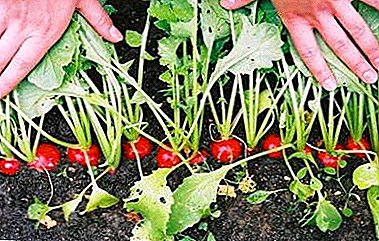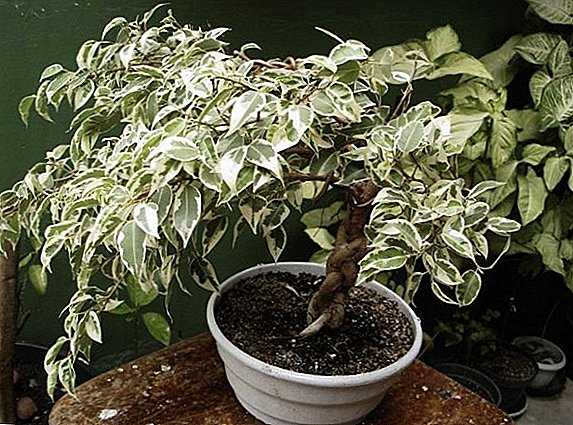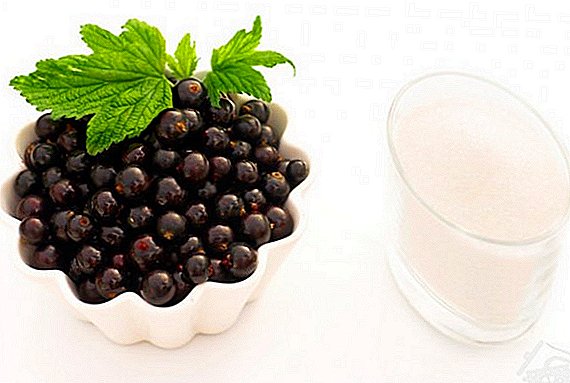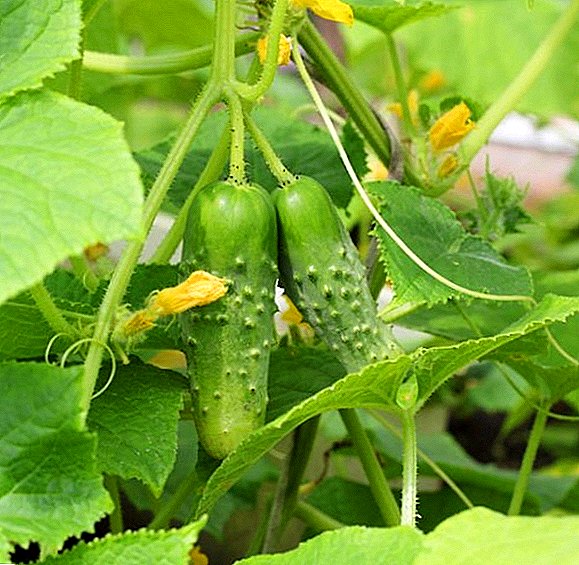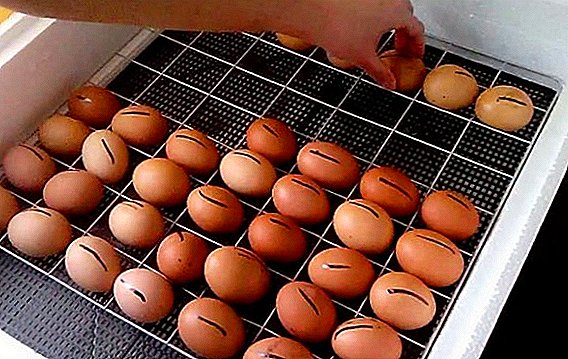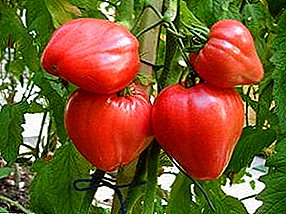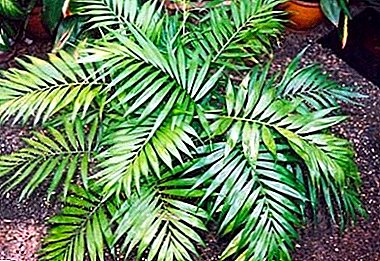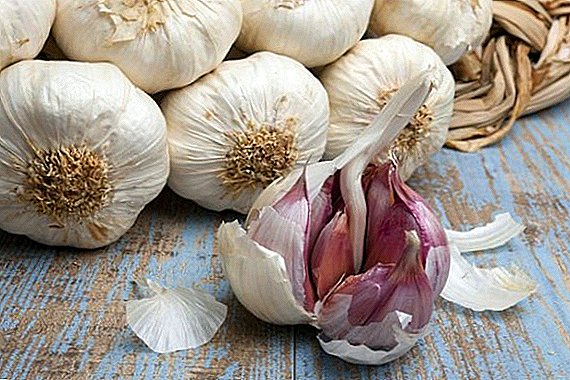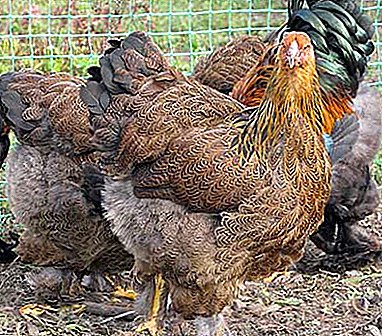
Today, there are two main areas for breeding chicken Brama: American and European. American farmers are developing the breed as meat, and Europeans as decorative.
Kuropatchataya Brama refers to the American direction of breeding. This is a big, hardy, meat-type chicken, which is gaining increasing popularity among domestic farms.
Kuropatchataya Brama, due to its height, wide figure, magnificent plumage and important posture, creates the impression of a strong bird. The name of the breed was due to the similarity of the colors of plumage with a partridge.
The main color of these birds is golden-brown plumage, the neck is golden, and the tail feathers are black with greens, with a metallic sheen.
On the edge of the pen, there is a wavy rim, on the head and at the top of the neck - a single one, at the bottom of the neck - a double one, and on other parts of the body - many times repeated.
A feature of the breed are magnificently feathered paws of brown color, having a darker than the whole body pattern. If favorable conditions are created for the birds, then these feathers will greatly expand, become fan-like, which gives the hens a decorative look.
Breed description Kuropatchataya Brama
 Rooster grows from 3.5 to 5 kg. In adults, small, round head. Brow arc protruding forward, red-brown eyes deeply set under them.
Rooster grows from 3.5 to 5 kg. In adults, small, round head. Brow arc protruding forward, red-brown eyes deeply set under them.
The nape line is clearly delineated and separates the long neck of the bird. The bill is strong, small in size, usually yellow, darker by the end, although it may be monochromatic.
Scallop underdeveloped, but firmly planted, pea-shaped, divided into three furrows, without a toe cap. The face of the rooster is red, covered with a weak down or smooth, the earrings are round, of small size, interconnected by a bridle.
The plumage on the neck forms a luxurious mane. The body of the cock is large, straight set. The back is densely pubescent, wide from shoulders to waist, smoothly rising to the tail.
Rooster Kuropatchatoy Brahma has a beautiful lyre silhouette. The tail is a bit short, but still longer than that of its ancestors, the Cochinquin breed. It is magnificent, the braids are well developed and diverge at the end. The chest and abdomen look very wide, the volume is given to them by a thick plumage with a cushion. The wings are short and powerful, they fit snugly to the body.
 Fly feathers are black with a greenish tint; they are covered with thick plumage of the back. The shins are well pubescent, oblong. The paws are thick and strong, gray. Feathers on paws are long and tough.
Fly feathers are black with a greenish tint; they are covered with thick plumage of the back. The shins are well pubescent, oblong. The paws are thick and strong, gray. Feathers on paws are long and tough.
The chicken seems to be denser and stronger due to its less tall, shortish neck and deep chest. However, an overly squat figure, as well as body proportions, like those of a cochin, are a disadvantage.
The head is round, with a prominent forehead. On it is located a small pod-shaped, scallop divided into three rows. The beak is yellow or dark yellow, bent and short. Her plumage is more loose than that of a rooster. Chicken Kuropatra Brahma grow to 3.5 - 4 kg.
Marriage in the Kuropatchataya Brahma breed includes a comb with a musik, light eyes, too short back, as well as a narrow chest, a “hawk knee”, a rare plumage on its paws, and in the rooster the loose tail is considered a loose bush.
White feathers on the wings and tail of the bird, as well as the color of the spots are unacceptable. In chickens, a grayish or yellow color of feathers in the upper part of the body is considered to be a marriage, as well as an insufficiently clear border on the feathers of the chest and shoulders.
A photo
On the first photo you see a rooster and a hen of Kurobaty Brahma breed. As you probably already noticed, they prefer the floor of sawdust.
Beautiful couple who can not look at each other at the window:
The most common habitat for this breed is:
Well, here the chickens are engaged in their favorite business - the search for worms:
But in this photo you can see how much larger a chicken can be:
The male is in the best shape, ready for fertilization:
Of course, there was a close-up of these handsome men:
Content and cultivation
 Despite its rather large size, Kuropatchataya Brama does not require a lot of space for walking.unpretentious to feed. These chickens are calm in nature and prone to domestication.
Despite its rather large size, Kuropatchataya Brama does not require a lot of space for walking.unpretentious to feed. These chickens are calm in nature and prone to domestication.
They have good health and stamina. Can survive in cold and damp climates. Chickens exhibit pronounced instinct chicks, and can hatch not only their own, but also goose and duck eggs.
However, due to their large weight, they can crush some eggs. Therefore, the nest for them is recommended to arrange on the ground. The lardiness of the Kuropatra Brahma is 120-140 eggs per year, 53 to 60 g each.
The eggshell can range from yellow-brown to yellow-red, possibly speckled. Although the Kuropatra Brahms start late, but with good nutrition and care, they carry many eggs even in winter.
Also when breeding should be borne in mind that chickens of this breed do not grow very fast, and those who hatch in July, most likely will not survive the winter.
To improve the survival rate of poultry, young animals that have already turned four months old are recommended to be kept separately from adult individuals and young chickens of other breeds.
Where can I buy in Russia?
 Due to its meat qualities, unpretentiousness and endurance, as well as a calm disposition and good egg production, Kuropatchataya Brama takes the second place among the breeds of chickens that are bred in Russia.
Due to its meat qualities, unpretentiousness and endurance, as well as a calm disposition and good egg production, Kuropatchataya Brama takes the second place among the breeds of chickens that are bred in Russia.
Many farms offer their products to customers: poultry, eggs, chickens, young animals and even breeding producers. Below is a brief overview of Russian farms that breed Kuropatchatye Bram.
- Nursery pedigree poultry "Kurkurovo": Moscow region, Lukhovitsky district, village Kurovo, d.33. Phone: +7 (985) 200-70-00. Website on the Internet: www.kurkurovo.ru
- Poultry farming "Orlovsky courtyard": Moscow Region, Mytishchi, Pogranichny Dead End, 4. Phone: +7 (915) 009-20-08, +7 (903) 533-08-22. Website: www.orlovdvor .ru
- Company "Orenptitsa": Orenburg region., Saraktashsky district, village Izyak-Nikitino. Phone: +7 (353) 220-46-33, +7 (903) 360-46-33. Website on the Internet: orenptitsa.ru
Varieties
 It should be noted that Kuropatchataya Brama is not the only representative of this breed of chickens.
It should be noted that Kuropatchataya Brama is not the only representative of this breed of chickens.
There are other Brahms that differ from each other mainly in color. This is Brahma Light, Brahma Fawn, Dark Brama. All these breeds have common roots, they are similar in performance and conditions of detention.
Due to their qualities, hens of the Kuropatchataya Brama breed are of great interest in terms of their breeding and further breeding.
Despite the fact that the young growth does not grow very quickly and the period of egg-laying in the chickens comes late, these birds are very hardy in our weather conditions, they are able to gain a lot of weight, they rush well all year round and are not picky about food. And also, by virtue of its calm disposition and decorative appearance can be an excellent decoration of the courtyard.
 Chicken of breed Master Gray very quickly gains weight in a relatively short period of time reaches large sizes.
Chicken of breed Master Gray very quickly gains weight in a relatively short period of time reaches large sizes.
But in order to find out everything about growing pumpkins in the open field, just click here.


